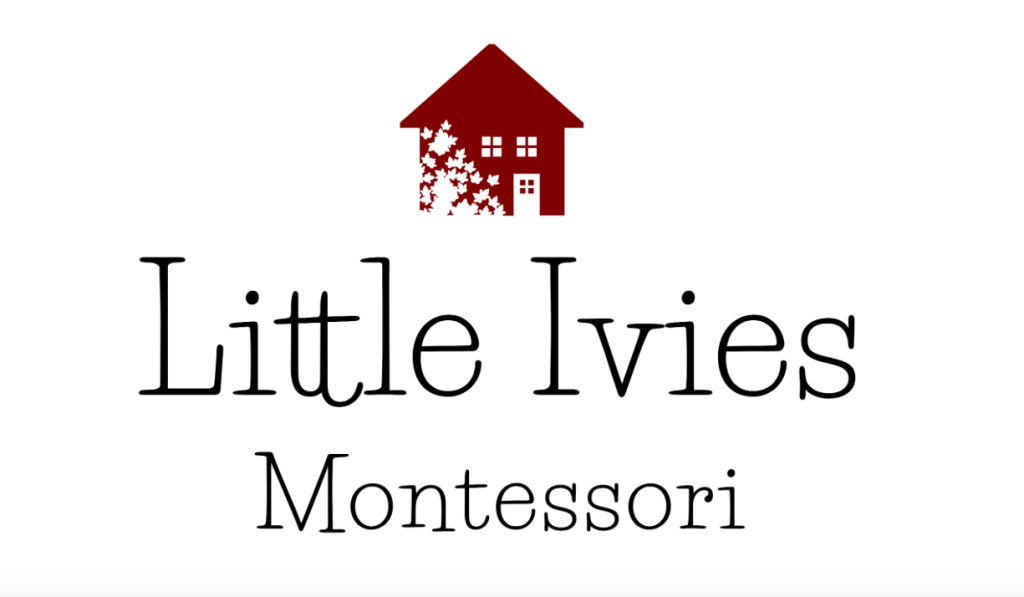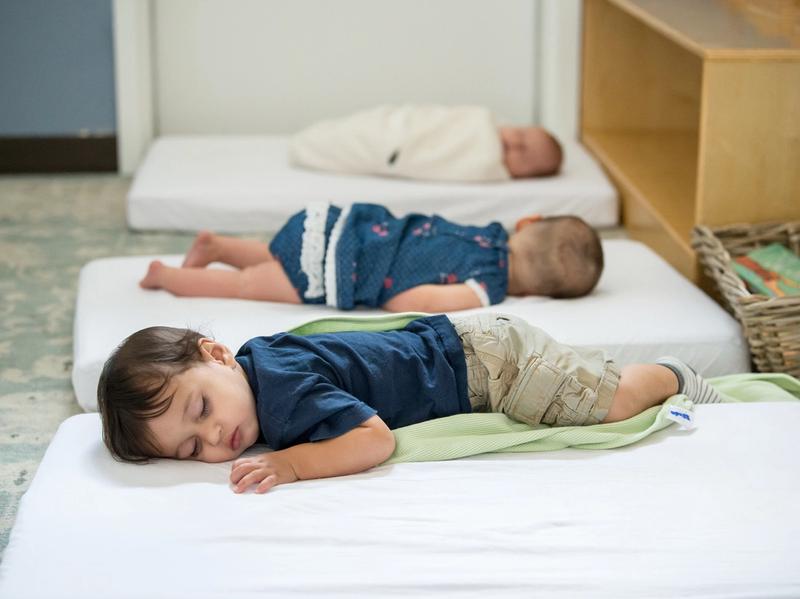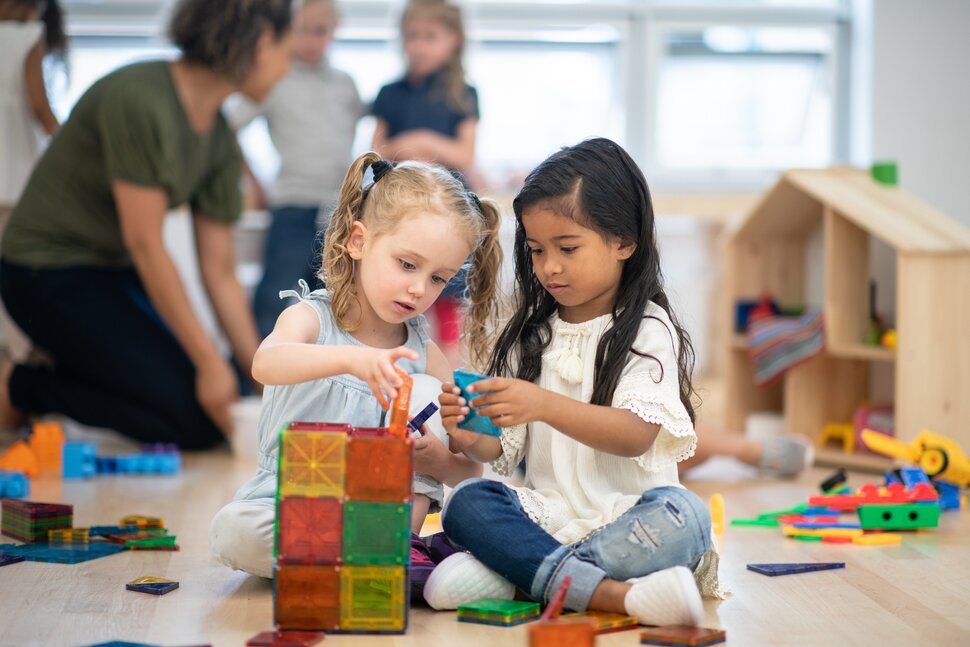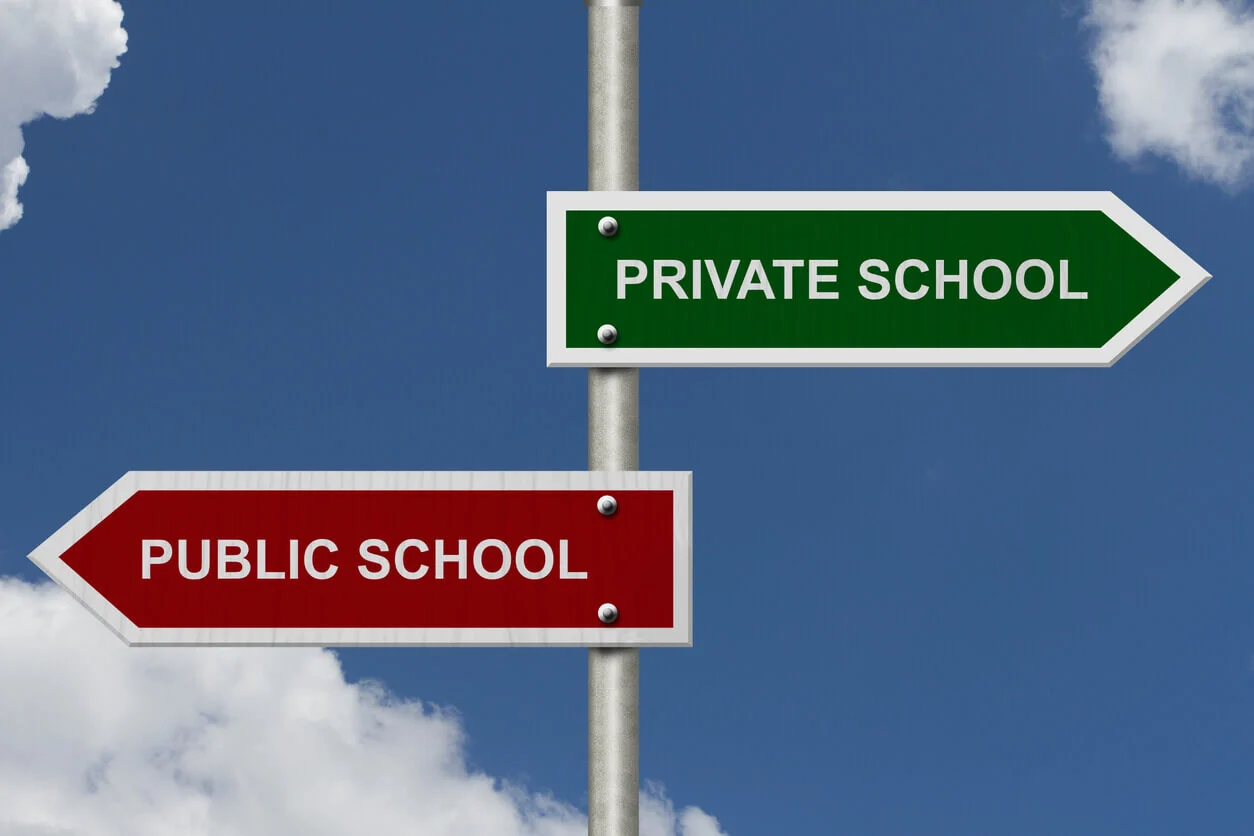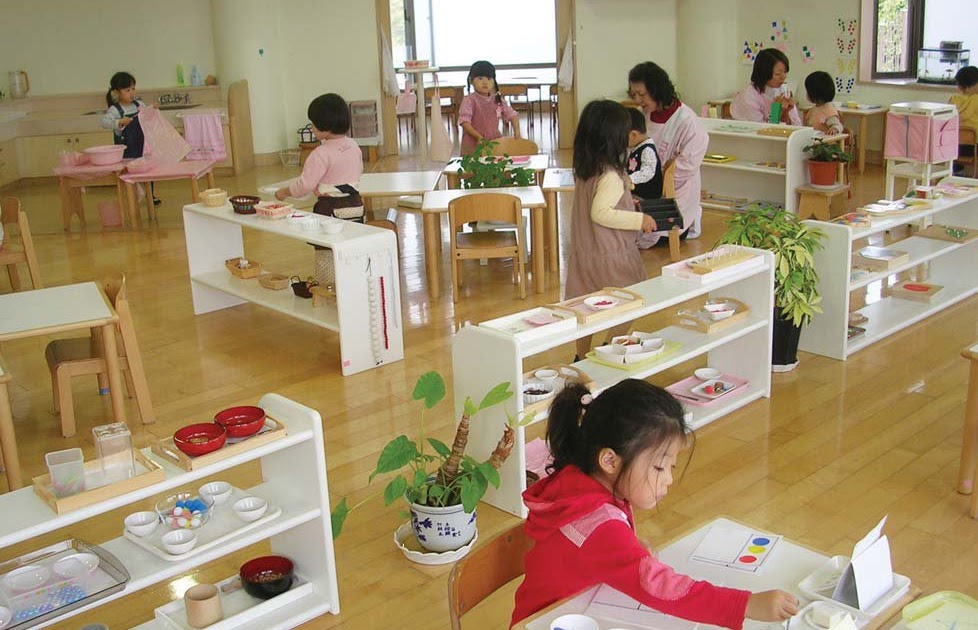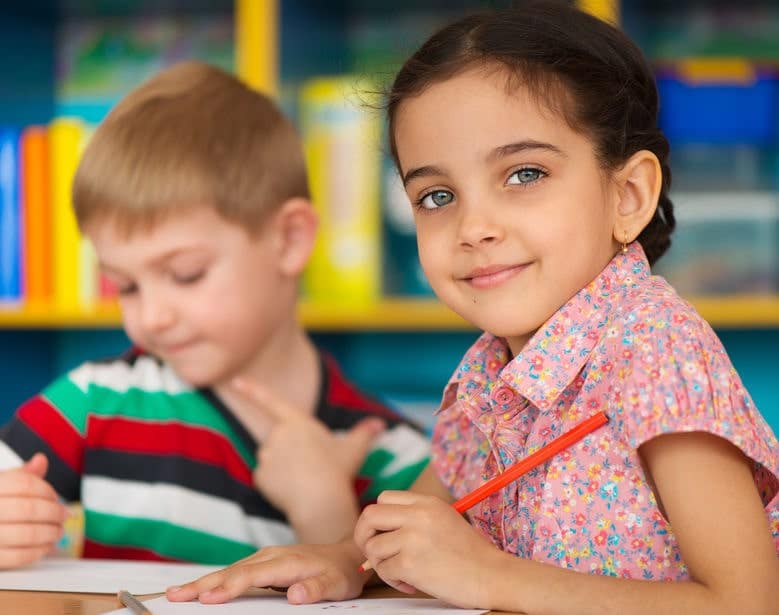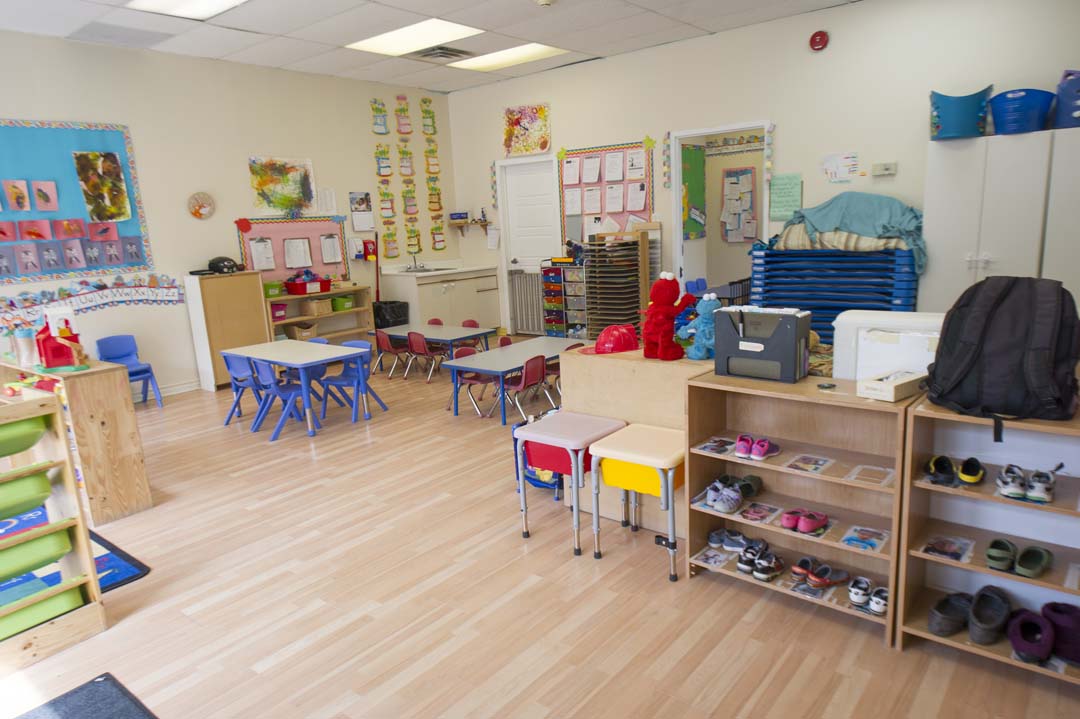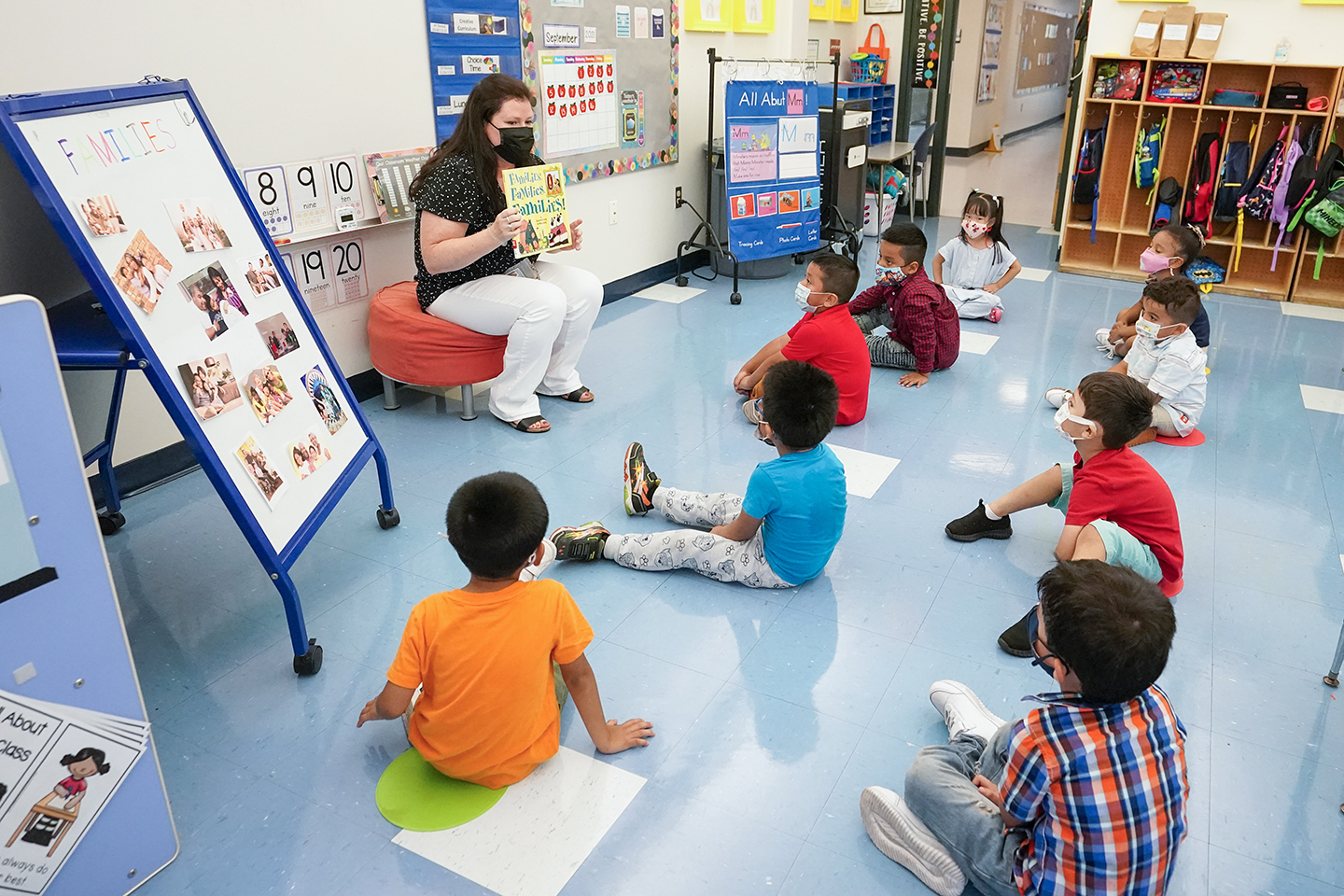How to choose the best mattress for a Montessori floor bed
Choosing the right mattress is crucial if you’re considering a Montessori floor bed for your child. A comfortable and supportive mattress will help your child get a good night’s sleep and promote healthy development. A Montessori floor bed is a great way to promote independence and freedom of movement. A floor bed can provide your child with a safe and comfortable sleeping environment while encouraging them to explore their surroundings and develop their motor skills. However, choosing the right mattress for your Montessori floor bed is crucial to ensure your child gets the restorative sleep they need. In this article, we’ll explore how to choose the best mattress for your Montessori floor bed. What is a Montessori-style bed? A Montessori-style bed is a type of floor bed designed to provide children with independence and freedom of movement. This type of bed is typically low to the ground, with a simple design that allows the child to get in and out of bed on their own easily. A Montessori-style bed is often paired with a Montessori mattress, which is firm and supportive, and allows for proper spinal alignment during sleep. Toddler floor beds and kids’ floor beds are popular choices for parents looking to create a Montessori-style bedroom for their children. These beds are often equipped with rails or other safety features to prevent falls while still allowing the child to move freely. A toddler floor bed with rails is a great option for parents who want to provide their child safe and comfortable sleeping space while encouraging independence and autonomy. Overall, Montessori-style beds and floor beds are a great way to promote a child’s development and provide a comfortable and safe sleeping environment. What is a Montessori bed? A Montessori bed is a type of floor bed that is inspired by the Montessori approach to education and development. This bed type promotes independence and freedom of movement for children. Unlike traditional beds, Montessori beds are low to the ground and can be placed directly on the floor without the need for a bed frame or box spring. A Montessori bed is often paired with a Montessori mattress, which is firm and supportive and provides proper spinal alignment during sleep. Toddler floor beds and kids floor beds are popular types of Montessori beds, and they are designed with safety in mind. Some toddler floor beds with rails or other safety features prevent falls while still allowing the child to move freely. A Montessori bed is a great way to create a child-friendly, Montessori-inspired bedroom that promotes independence, creativity, and a love of learning. What to consider when buying a Montessori bed? Choosing the right mattress for your Montessori floor bed is crucial for ensuring your child gets a comfortable and supportive night’s sleep. However, with so many mattresses available, knowing which is right for your child can take time and effort. Let us explore some key factors to consider when choosing the best mattress for your Montessori floor bed. Consider the Size of the Mattress The size of your mattress is important to consider when choosing a mattress for a Montessori floor bed. The mattress should fit the bed frame snugly, leaving no gaps or spaces that could pose a safety hazard. Standard crib mattresses are typically 27.5 inches by 52 inches, which is a common size for Montessori floor beds. However, some Montessori beds may be larger or smaller, so measuring your bed frame is important as choosing a mattress that fits properly. Look for a Firm Mattress A firm mattress is best for a Montessori floor bed, as it provides support for your child’s developing bones and muscles. Soft mattresses may be comfortable, but they can be dangerous for young children as they can pose a suffocation risk. When choosing a mattress, test it by pressing your hand into it. A firm mattress should not sink too deeply or create a deep indentation when pressure is applied. Choose a Mattress Made of Natural Materials Choose a mattress made of natural materials such as organic cotton or wool when possible. Synthetic materials may contain harmful chemicals and off-gas toxic fumes, which can be harmful to your child’s health. Natural materials are also more breathable than synthetic materials, which can help regulate your child’s body temperature and promote better sleep. Look for a Mattress That is Easy to Clean Young children can be messy, so choosing a mattress that is easy to clean is important. Look for a mattress with a removable, washable cover, or choose a mattress that can be wiped clean with a damp cloth. A waterproof mattress protector can also be helpful in protecting your mattress from spills and accidents. Consider Your Child’s Sleeping Habits Finally, consider your child’s sleeping habits when choosing a mattress for a Montessori floor bed. If your child moves around a lot in their sleep, a firmer mattress may be more supportive and prevent them from sinking too deeply into the mattress. If your child tends to sleep on their stomach, a firmer mattress may also be more comfortable for them. A softer mattress may be more comfortable if your child sleeps on their back or side. Conclusion Choosing the right mattress for your Montessori floor bed is essential for ensuring that your child gets a good night’s sleep. Consider factors such as firmness, size, materials, breathability, and ease of cleaning when choosing a mattress that will meet your child’s needs. By choosing the right mattress, you can help your child get the restful sleep they need to thrive and grow. Choosing the right mattress for a Montessori floor bed is important for your child’s comfort and safety. Look for a firm mattress made of natural materials, easy to clean, and fits your bed frame properly. You can choose a mattress that promotes healthy sleep and development by considering your child’s sleeping habits and needs. FAQs Do kids nap at Montessori? Yes, children nap at Montessori schools, particularly in the toddler and primary age groups. Why is a Montessori bed better? A Montessori mattress or bed is better because it promotes independence and freedom of movement and can aid in a child’s motor skills development. What age is appropriate for a Montessori bed? Montessori beds are appropriate … Read more
